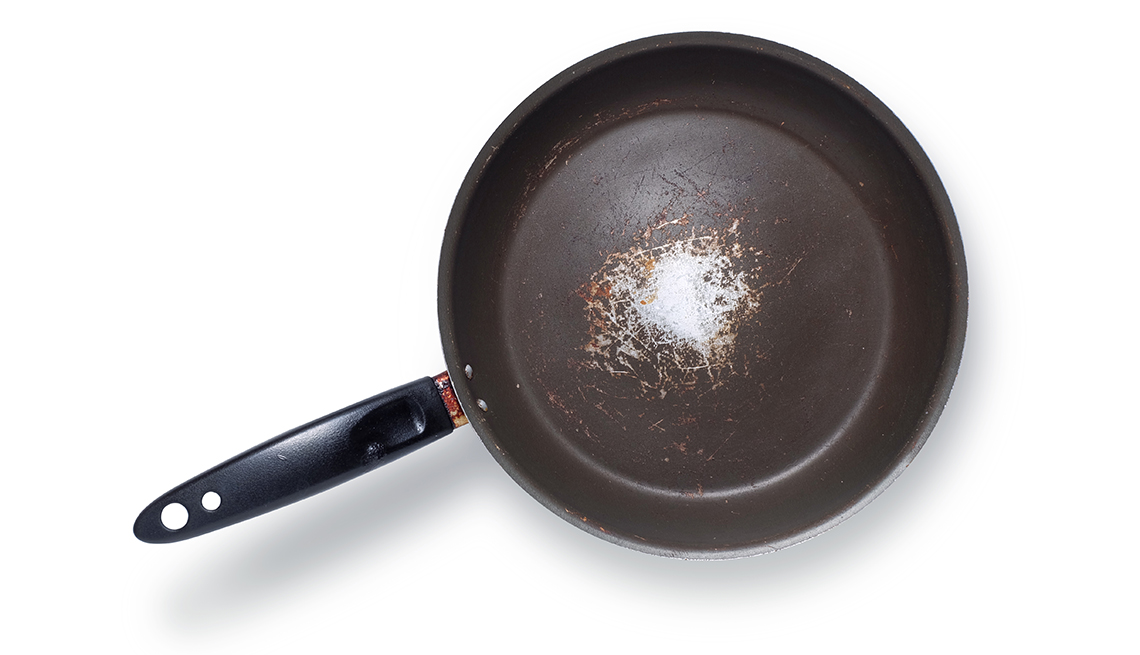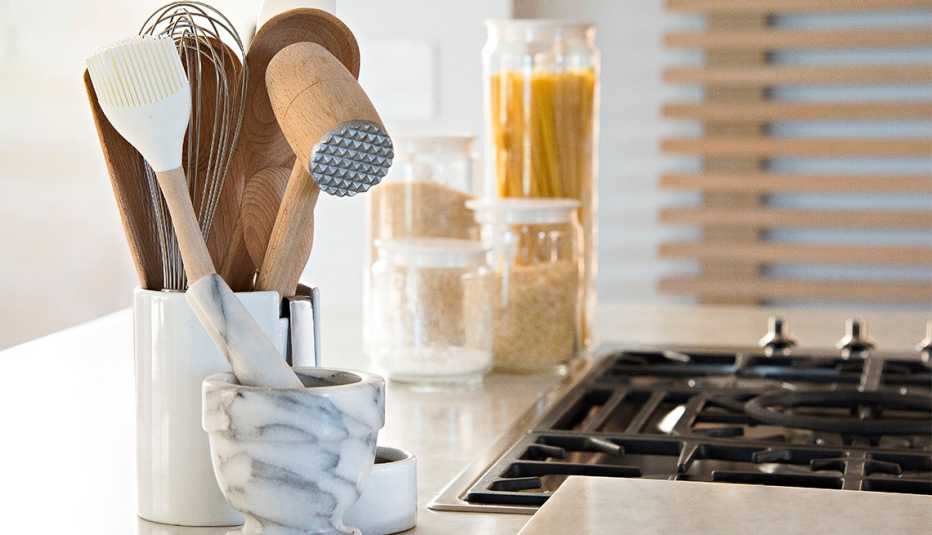Staying Fit
Open just about anyone's kitchen cabinets and you'll find a jumble of cookware ranging from nonstick to ceramic to stainless steel.
But medical experts say that what you cook on can impact more than just whether your food gets crisp or burned. Some materials in frying pans, pots and baking dishes have the potential to expose you and your family to toxins.


AARP Membership— $12 for your first year when you sign up for Automatic Renewal
Get instant access to members-only products and hundreds of discounts, a free second membership, and a subscription to AARP the Magazine.
Unhealthy fumes or metal leaching into food over time may cause damage to organs, says Elizabeth Bradley, M.D., medical director for Functional Medicine at Cleveland Clinic.
"There are certain toxins that are in cookware that could actually make us sick, or potentially long term create an environment within our body that maybe is difficult to detoxify,” Bradley explains.
And while some of these chemicals may not leach into food at levels high enough to cause standalone harm, Bradley notes that it's the accumulation of toxins that can lead to concern. “You're getting some of it through, let's say Teflon [a nonstick coating], but you're also getting it through many other things like cosmetics” or microwave popcorn, she explains, adding that she works to help her patients decrease their “total amount of toxins.”
The good news is that many of these toxins can be avoided by using best practices and making a few swaps. Use this guide to prioritize healthier cookware.
Materials to be aware of
Aluminum: Home cooks often opt for disposable pans, and muffin and bread tins. But these single-use options may increase the risk of aluminum exposure, as it might leach from the foil or cookware into food, says Deanna Minich, Ph.D., who is on the Board of Directors for the American Nutrition Association and a faculty member at the Institute for Functional Medicine and the University of Western States. One study found that baking meat in aluminum foil increased the aluminum concentration of red and white meats by as much as 378 percent.









































































